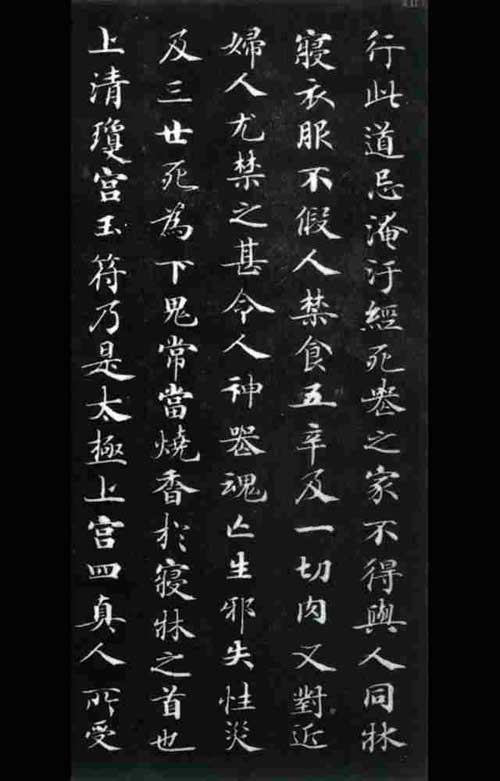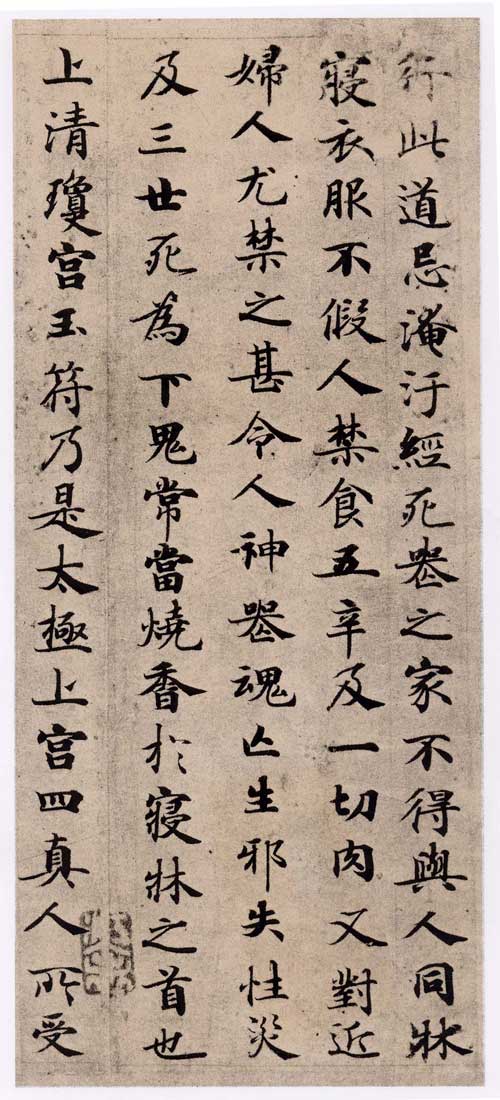A native of Qianzhou Ganzhou (now Ganzhou, Jiangxi) in the Tang Dynasty, his character can be big. When the official reached Zhongshu Ling, he became the Duke of Yue. "Directing the Feng Pavilion with Gongshu" was very important to Wu Zetian in the Tang Dynasty. His nickname was "Xiao Zhong". He was a book addict and a collector, with a personal collection of hundreds of volumes of original works by famous writers. The family has dozens of volumes of authentic works by Wang Xizhi, Wang Xianzhi and Chu Suiliang. Song Zenggong's "Yuanfeng Lei Manuscript" says: "Shaojing's calligraphy and painting are beautiful, vigorous and methodical, but sincere and incomparable." Mifu's "History of Calligraphy" of Song Dynasty praised Zhong Shaojing's calligraphy as "round and vigorous". Dong Qichang of the Ming Dynasty said: "Shao Jing's brushwork is exquisite, and the sharp edge is hidden in the wrist, so that the son can respect the essence of the spirit. Zhao Wenmin's true writing is true to his ancestors." There are works such as "Ling Fei Jing" handed down to the world.
Appreciation of works: Xiaokai Lingfei Jing
"Ling Fei Jing" is one of the famous small regular scripts of the Tang Dynasty, with an unnamed style. Yuan Jue of the Yuan Dynasty and Dong Qichang of the Ming Dynasty all regarded it as the book of Tang Zhong and Shao Jing. "Ling Fei Sutra" has round and vigorous writing style and exquisite font. Later generations often used this as a model when they first learned Xiaokai.

Another ink-printed version has been handed down from generation to generation:

The forty-three lines of "Ling Fei Sutra"








